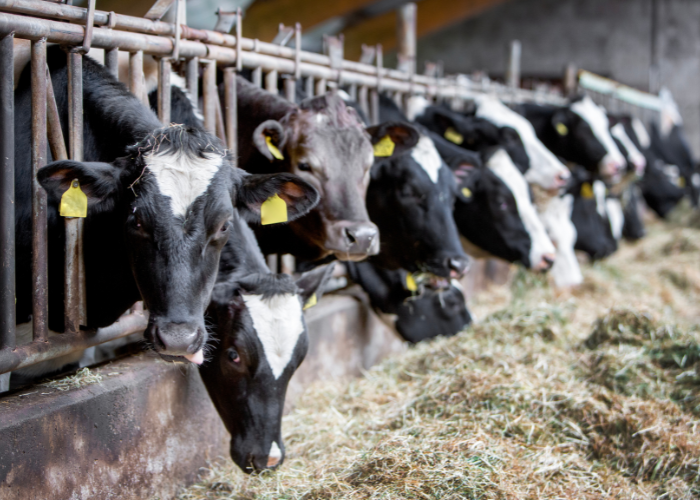Innocent livestock farming, debunking the false mythsBY Pietro Paganini
- 10 December 2024
- Posted by: Competere
- Category: Senza categoria

On the sidelines of COP29 and G20, it is worth discussing the role of livestock farming in greenhouse gas emissions. Carbon dioxide (CO2) and methane (CH4) are not the same. Livestock farming is often accused of being one of the main contributors to greenhouse gas emissions, even more polluting than transportation. But this narrative is misleading and distracts from the real climate priorities.
A MISLEADING MYTH
The belief that the livestock sector emits more greenhouse gases than transportation originates from the FAO’s 2006 report “Livestock’s Long Shadow.” However, this claim is based on a distorted comparison. The emissions from the livestock sector were calculated by considering the entire production cycle of meat (Life Cycle Assessment or LCA), from crop cultivation to distribution and consumption. For the transportation sector, only exhaust gases were counted, ignoring the impacts of the entire production cycle, such as material production, energy use, and oil extraction. For almost 20 years, this distorted methodology has fueled the false perception that cattle have a greater environmental impact than transportation.
THE DIFFERENCES
CO2 and CH4 differ not only in molecular composition or global warming potential (methane is 28 times more potent than CO2) but also in their duration. Carbon dioxide persists in the atmosphere for centuries, while methane degrades in 9-12 years. This divides them into stock gases (like CO2), which accumulate over the long term, and flow gases (like CH4), which follow a rapid cycle. For truly effective climate policies, we must recognize and leverage this crucial difference.
Fossil fuels (coal, gas, and oil) are responsible for 78.4% of global emissions (energy for industry 24.2%, residential sector 17.5%, transportation 16.2%, chemical and cement industries 5.2%). In comparison, livestock farming and related manure emissions contribute only 5.8% of global emissions.
THE VIRTUOUS RECYCLING OF RUMINANTS
The narrative against the livestock sector, amplified by ideological and commercial interests, diverts attention from real climate priorities. Comparing biogenic methane to fossil fuels risks fostering ineffective policies that harm a sector crucial for food security.
Methane emissions from cattle are part of a natural and renewable cycle, which does not introduce new carbon into the atmosphere. Plants absorb CO2 from the atmosphere through photosynthesis, producing oxygen (which we breathe) and carbohydrates. Cattle, thanks to their unique digestive system with four stomachs and a complex microbiome, digest cellulose—unusable by humans—converting it into methane (CH4). The methane released into the atmosphere decomposes into CO2 within 9-12 years, becoming available again for plants.
This zero-sum cycle ensures that the amount of CO2 released through methane is equal to that originally absorbed by the plants. Furthermore, ruminants transform otherwise unusable resources into valuable food such as meat and milk, reducing waste and environmental impacts related to biomass management. Biogenic methane is part of a natural, renewable cycle that does not add new carbon.
THE REAL PROBLEM
Fossil fuels (gas, oil, and coal), accumulated underground for millions of years, have been massively extracted by humans only since 1850. The CO2 they release is new to the environment, adding carbon to the atmosphere and accumulating for centuries, if not millennia.
INNOVATION
Despite the zero-sum cycle, livestock farming continues to evolve to reduce emissions and become a climate resource. The use of feed additives limits ruminal methane production, while methane capture from manure allows for its conversion into energy and reduces fossil fuel use. These innovations push farming beyond neutrality, actively contributing to the reduction of global emissions. Livestock, often unfairly blamed, are actually a climate resource. With innovative technologies and a virtuous natural cycle, they can contribute to a resilient future, balancing food security and emissions reduction.
Read The circularity of methane emissions in livestock farming>>>
